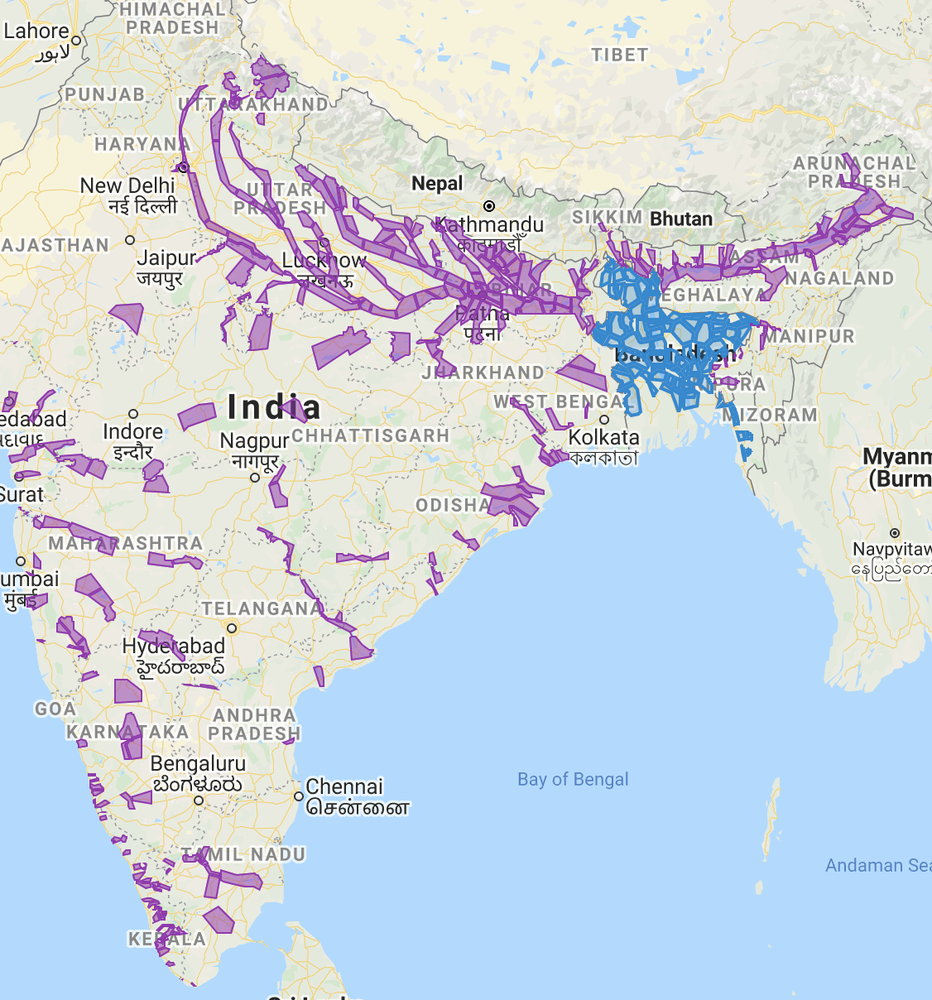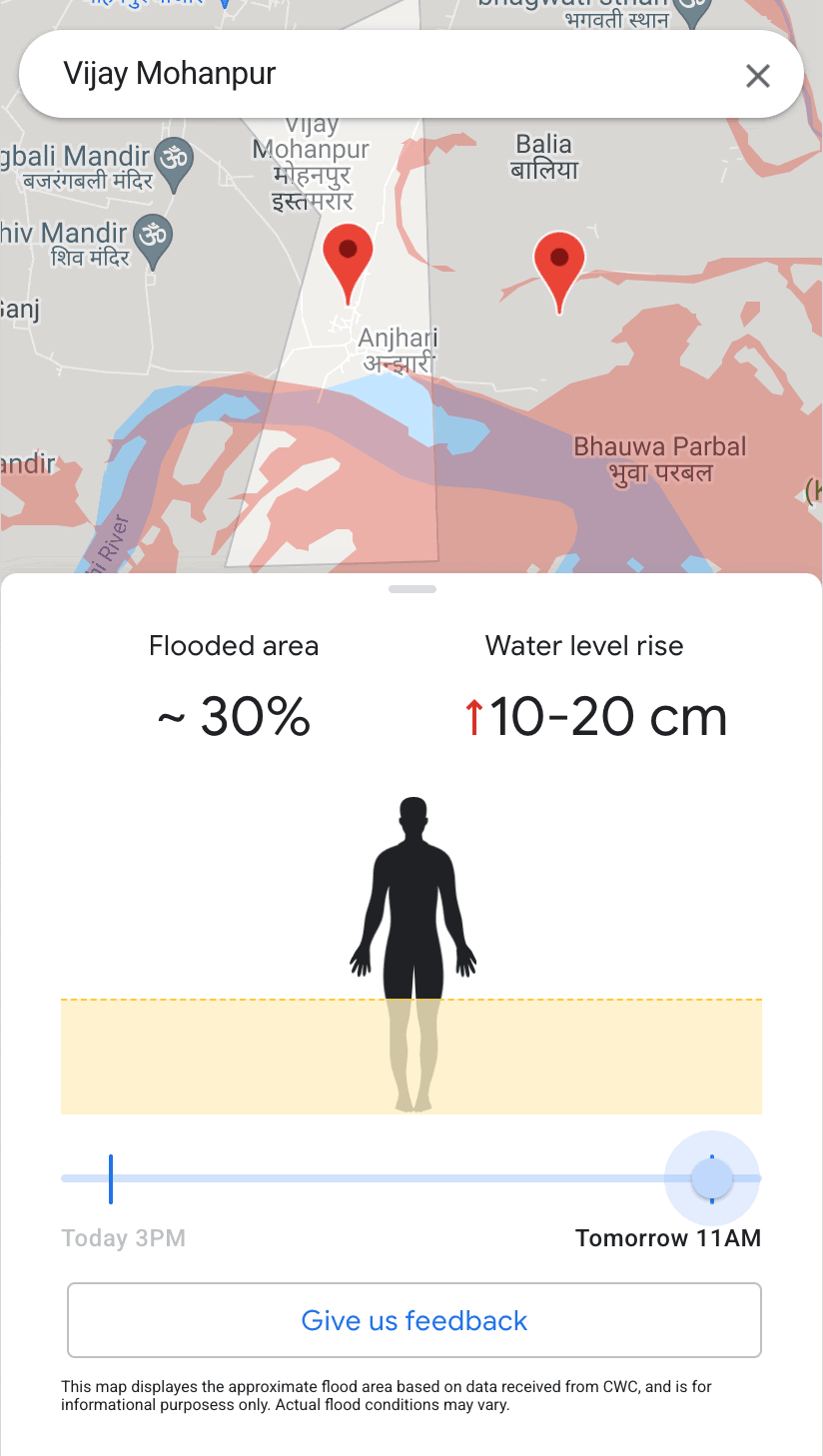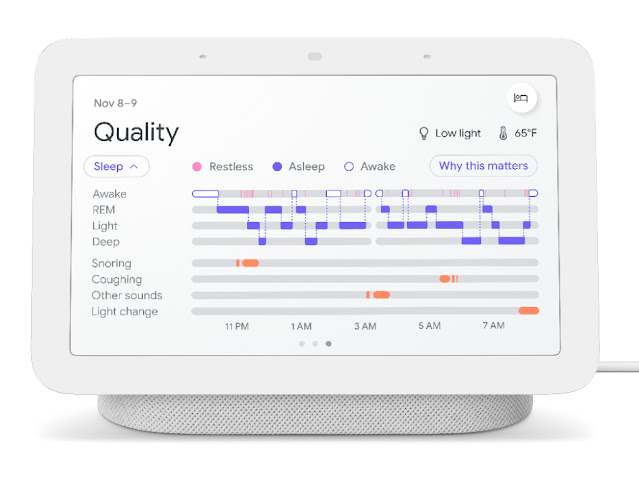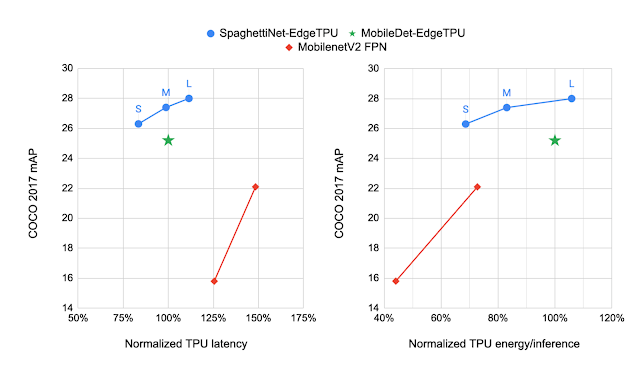Posted by Catherine Armato, Google Research
This week, the annual conference on Empirical Methods in Natural Language Processing (EMNLP 2021) will be held both virtually and in Punta Cana, Dominican Republic. As a Diamond Level sponsor of EMNLP 2021, Google will contribute research on a diverse set of topics, including language interactions, causal inference, and question answering, additionally serving in various levels of organization in the conference.
Below is a full list of Google’s involvement and publications being presented at EMNLP 2021. We congratulate these authors, and all other researchers who are presenting their work at the conference (Google affiliations presented in bold).
Organizing Committee
Ethics Committee includes: Nyalleng Moorosi
Publications
MATE: Multi-view Attention for Table Transformer Efficiency (see blog post)
Julian Martin Eisenschlos, Maharshi Gor*, Thomas Müller*, William W. Cohen
Residual Adapters for Parameter-Efficient ASR Adaptation to Atypical and Accented Speech (see blog post)
Katrin Tomanek, Vicky Zayats, Dirk Padfield, Kara Vaillancourt, Fadi Biadsy
Towards Automatic Evaluation of Dialog Systems: A Model-Free Off-Policy Evaluation Approach (see blog post)
Haoming Jiang*, Bo Dai, Mengjiao Yang,Tuo Zhao, Wei Wei
Case-Based Reasoning for Natural Language Queries Over Knowledge Bases
Rajarshi Das, Manzil Zaheer, Dung Thai, Ameya Godbole, Ethan Perez, Jay-Yoon Lee, Lizhen Tan, Lazaros Polymenakos, Andrew McCallum
XTREME-R: Towards More Challenging and Nuanced Multilingual Evaluation (see blog post)
Sebastian Ruder, Noah Constant, Jan Botha, Aditya Siddhant, Orhan Firat, Jinlan Fu, Pengfei Liu, Junjie Hu, Dan Garrette, Graham Neubig, Melvin Johnson
Building and Evaluating Open-Domain Dialogue Corpora with Clarifying Questions
Mohammad Aliannejadi, Julia Kiseleva, Aleksandr Chuklin, Jeffrey Dalton, Mikhail Burtsev
Fast WordPiece Tokenization
Xinying Song, Alex Salcianu, Yang Song*, Dave Dopson, Denny Zhou
Frequency Effects on Syntactic Rule Learning in Transformers
Jason Wei, Dan Garrette, Tal Linzen, Ellie Pavlick
Controllable Semantic Parsing via Retrieval Augmentation
Panupong Pasupat, Yuan Zhang, Kelvin Guu
Systematic Generalization on gSCAN: What is Nearly Solved and What is Next?
Linlu Qiu*, Hexiang Hu,Bowen Zhang, Peter Shaw, Fei Sha
Effective Sequence-to-Sequence Dialogue State Tracking
Jeffrey Zhao, Mahdis Mahdieh, Ye Zhang, Yuan Cao, Yonghui Wu
Learning Compact Metrics for MT
Amy Pu*, Hyung Won Chung*, Ankur P. Parikh, Sebastian Gehrmann, Thibault Sellam
Joint Passage Ranking for Diverse Multi-answer Retrieval
Sewon Min*, Kenton Lee, Ming-Wei Chang, Kristina Toutanova, Hannaneh Hajishirzi
Toward Deconfounding the Effect of Entity Demographics for Question Answering Accuracy
Maharshi Gor*, Kellie Webster, Jordan Boyd-Graber*
Good-Enough Example Extrapolation
Jason Wei
Q2: Evaluating Factual Consistency in Knowledge-Grounded Dialogues via Question Generation and Question Answering
Or Honovich*, Leshem Choshen, Roee Aharoni, Ella Neeman, Idan Szpektor, Omri Abend
The Power of Scale for Parameter-Efficient Prompt Tuning
Brian Lester*, Rami Al-Rfou, Noah Constant
A Simple and Effective Method to Eliminate the Self Language Bias in Multilingual Representations
Ziyi Yang*, Yinfei Yang, Daniel Cer, Eric Darve
Universal Sentence Representation Learning with Conditional Masked Language Model
Ziyi Yang*, Yinfei Yang, Daniel Cer, Jax Law, Eric Darve
Scalable Font Reconstruction with Dual Latent Manifolds
Nikita Srivatsan, Si Wu, Jonathan T. Barron, Taylor Berg-Kirkpatrick
Structured Context and High-Coverage Grammar for Conversational Question Answering Over Knowledge Graphs
Pierre Marion, Paweł Krzysztof Nowak, Francesco Piccinno
Don’t Search for a Search Method — Simple Heuristics Suffice for Adversarial Text Attacks
Nathaniel Berger*, Stefan Riezler, Artem Sokolov, Sebastian Ebert
HintedBT: Augmenting Back-Translation with Quality and Transliteration Hints
Sahana Ramnath, Melvin Johnson, Abhirut Gupta, Aravindan Raghuveer
STraTA: Self-Training with Task Augmentation for Better Few-Shot Learning
Tu Vu*, Minh-Thang Luong, Quoc V. Le, Grady Simon,Mohit Iyyer
Do Transformer Modifications Transfer Across Implementations and Applications? (See blog post)
Sharan Narang, Hyung Won Chung, Yi Tay, William Fedus, Thibault Fevry*, Michael Matena*, Karishma Malkan*, Noah Fiedel, Noam Shazeer, Zhenzhong Lan*, Yanqi Zhou, Wei Li, Nan Ding, Jake Marcus, Adam Roberts, Colin Raffel*
A Large-Scale Study of Machine Translation in Turkic Languages
Jamshidbek Mirzakhalova, Anoop Babua, Duygu Atamana, Sherzod Karieva, Francis Tyersa, Otabek Abduraufova, Mammad Hajilia, Sardana Ivanovaa, Abror Khaytbaeva, Antonio Laverghetta Jr., Behzodbek Moydinboyeva, Esra Onala, Shaxnoza Pulatovaa, Ahsan Wahaba, Orhan Firat, Sriram Chellappan
ReasonBERT: Pre-trained to Reason with Distant Supervision
Xiang Deng, Yu Su, Alyssa Lees, You Wu, Cong Yu, Huan Sun
MasakhaNER: Named Entity Recognition for African Languages
David Ifeoluwa Adelani, Jade Abbott, Graham Neubig, Daniel D’souza, Julia Kreutzer, Constantine Lignos, Chester Palen-Michel, Happy Buzaaba, Shruti Rijhwani, Sebastian Ruder, Stephen Mayhew, Israel Abebe Azime, Shamsuddeen H. Muhammad, Chris Chinenye Emezue, Joyce Nakatumba-Nabende, Perez Ogayo, Anuoluwapo Aremu, Catherine Gitau, Derguene Mbaye, Jesujoba Alabi, Seid Muhie Yimam, Tajuddeen Rabiu Gwadabe, Ignatius Ezeani, Rubungo Andre Niyongabo, Jonathan Mukiibi, Verrah Otiende, Iroro Orife, Davis David, Samba Ngom, Tosin Adewumi, Paul Rayson, Mofetoluwa Adeyemi, Gerald Muriuki, Emmanuel Anebi, Chiamaka Chukwuneke, Nkiruka Odu, Eric Peter Wairagala, Samuel Oyerinde, Clemencia Siro, Tobius Saul Bateesa, Temilola Oloyede, Yvonne Wambui, Victor Akinode, Deborah Nabagereka, Maurice Katusiime, Ayodele Awokoya, Mouhamadane MBOUP, Dibora Gebreyohannes, Henok Tilaye, Kelechi Nwaike, Degaga Wolde, Abdoulaye Faye, Blessing Sibanda, Orevaoghene Ahia, Bonaventure F. P. Dossou, Kelechi Ogueji, Thierno Ibrahima DIOP, Abdoulaye Diallo, Adewale Akinfaderin, Tendai Marengereke, Salomey Osei
Multi-stage Training with Improved Negative Contrast for Neural Passage Retrieval
Jing Lu*, Gustavo Hernandez, Abrego, Ji Ma, Jianmo Ni, Yinfei Yang
Controlling Machine Translation for Multiple Attributes with Additive Interventions
Andrea Schioppa, Artem Sokolov, David Vilar, Katja Filippova
A Simple and Effective Positional Encoding for Transformers
Pu-Chin Chen, Henry Tsai, Srinadh Bhojanapalli, Hyung Won Chung, Yin-Wen Chang, Chun-Sung Ferng
CrossVQA: Scalably Generating Benchmarks for Systematically Testing VQA Generalization
Arjun R. Akula*, Soravit Changpinyo, Boqing Gong, Piyush Sharma, Song-Chun Zhu, Radu Soricut
Can We Improve Model Robustness through Secondary Attribute Counterfactuals?
Ananth Balashankar, Xuezhi Wang, Ben Packer, Nithum Thain, Ed Chi, Alex Beutel
Multi-Vector Attention Models for Deep Re-ranking
Giulio Zhou*, Jacob Devlin
Diverse Distributions of Self-Supervised Tasks for Meta-Learning in NLP
Trapit Bansal, Karthick Gunasekaran, Tong Wang, Tsendsuren Munkhdalai, Andrew McCallum
Workshops
NLP for Conversational AI
Invited speakers include: Idan Szpektor
Organizers include: Abhinav Rastogi
Novel Ideas in Learning-to-Learn Through Interaction
Invited speakers include: Natasha Jaques
Evaluation & Comparison of NLP Systems
Invited speakers include: Sebastian Ruder
Causal Inference & NLP
Organizers include: Amir Feder, Jacob Eisenstein, Victor Veitch
Machine Reading for Question Answering
Invited speakers include: Jon Clark
Computational Approaches to Discourse
Organizers include: Annie Louis
New Frontiers in Summarization
Invited speakers include: Sebastian Gehrmann, Shashi Narayan
Multi-lingual Representation Learning
Invited speakers include: Melvin Johnson
Organizers include: Alexis Conneau, Orhan Firat, Sebastian Ruder
Widening in NLP
Invited speakers include: Jasmijn Bastings
Organizers include: Shaily Bhatt
Evaluations and Assessments of Neural Conversation Systems (EANCS)
Organizers include: Wei Wei, Bo Dai
BlackboxNLP
Invited speakers include: Sara Hooker
Organizers include: Jasmijn Bastings
Tutorials
Multi-Domain Multilingual Question Answering
Organizers include: Sebastian Ruder
Demos
LMdiff: A Visual Diff Tool to Compare Language Models
Hendrik Strobelt, Benjamin Hoover, Arvind Satyanarayan, Sebastian Gehrmann
| |
*Work done while at Google. ↩
Read More

















